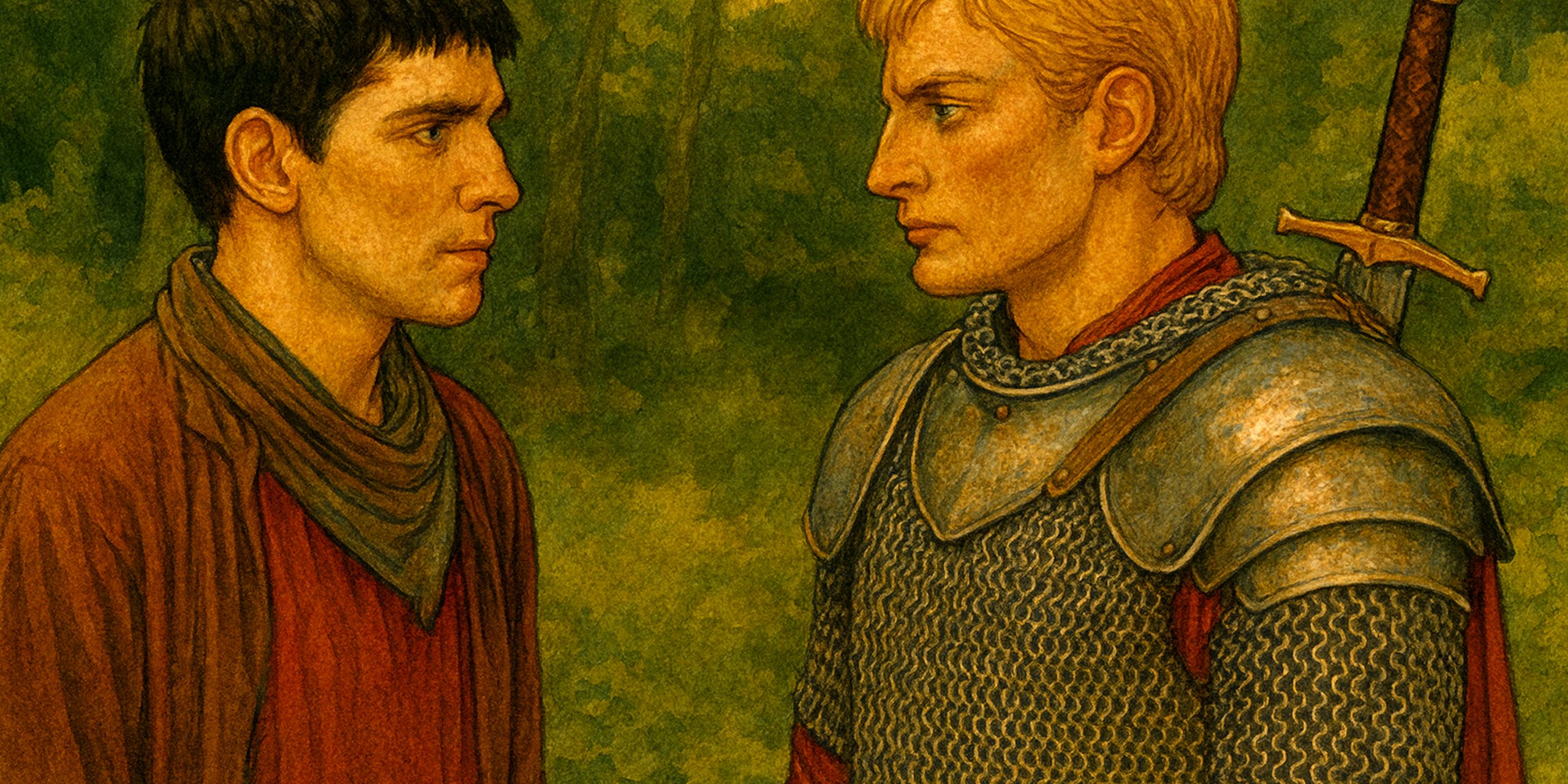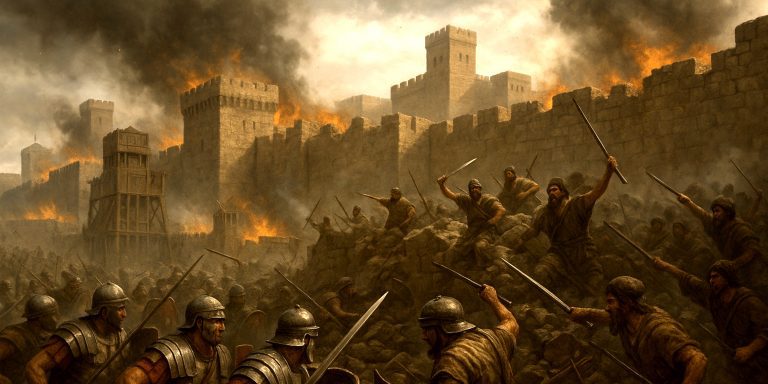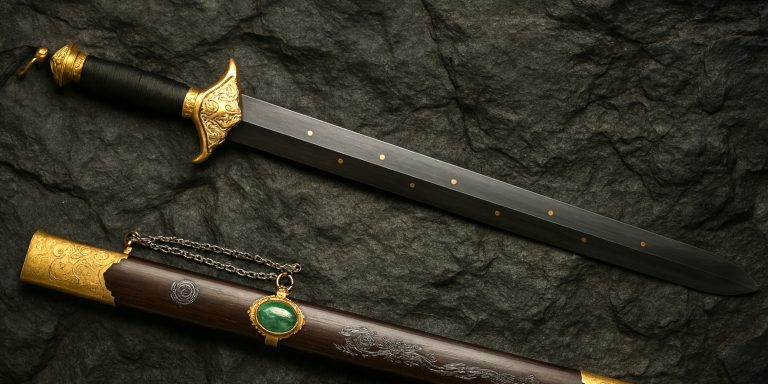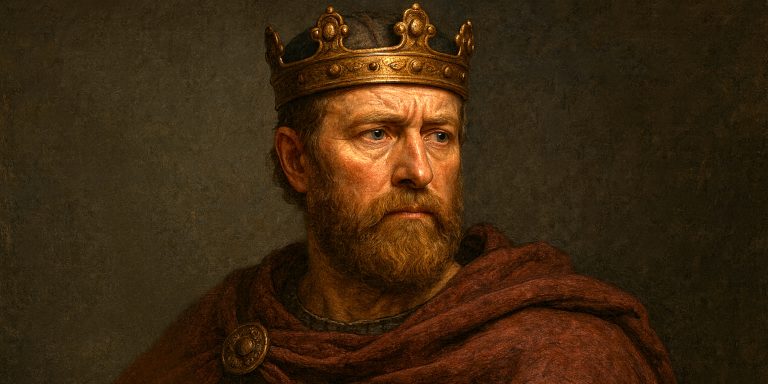
How the show compares to the myths and what it changes for television
BBC’s Merlin reimagines the Arthurian legends for a modern audience, blending magic, medieval aesthetics, and character-driven storytelling. While popular for its charm and emotional arcs, the series takes clear liberties with the source material. This article examines which parts stay true to the traditional legends and where the show diverges.
Merlin: From Old Man to Young Servant
In the legends, Merlin is a mysterious and often older wizard. He’s depicted as a prophet, druid, or even a half-demon in some texts, often guiding Arthur from behind the scenes. The Merlin series flips this on its head, portraying him as a young servant who must hide his magic.
This youthful version owes more to dramatic tension than literary tradition. The idea of Merlin being close in age to Arthur has little precedent in medieval sources, though it creates a compelling dynamic for a television series aimed at younger viewers.
Arthur Pendragon: Prince First, Then King
Arthur is usually portrayed in legend as the once and future king, destined to unite Britain and wield Excalibur. In Merlin, we see him as a hot-headed young prince, gradually learning leadership through trials and tragedy.
This developmental arc is a modern invention. The Arthur of legend is usually crowned early and proves his worth through epic quests and just rule, rather than slowly maturing over time. However, the show’s version makes the story more accessible and human.
Guinevere: From Noble Queen to Servant Turned Royalty
Guinevere, or Gwen, is perhaps the most radically reimagined character. Traditionally, she is a noblewoman or princess, often at the centre of a tragic love triangle with Arthur and Lancelot. In Merlin, she begins as Morgana’s maid and eventually rises to become queen.
This change grounds her story in themes of social mobility and challenges to tradition, but it bears little resemblance to medieval sources. The love triangle still surfaces, though in a more restrained form, perhaps to suit the show’s tone and target audience.
Morgana: From Enigmatic Sorceress to Vengeful Sister
Morgana’s transformation in Merlin from sympathetic ward to antagonist reflects some elements of her mythical counterpart, Morgan le Fay. In the legends, she is often portrayed as a healer, priestess, or enchantress with unclear motives.
Merlin turns her into a classic tragic villain, shaped by betrayal and repression. The show draws loosely on later medieval and romantic traditions where Morgan le Fay becomes a more dangerous figure, though it simplifies her character for narrative clarity.
Lancelot, Gwaine, and the Knights of the Round Table
Lancelot appears briefly in the series and is portrayed with noble traits, but his central role in the fall of Camelot through his affair with Guinevere is downplayed. Gwaine, a more minor figure in legend, receives an expanded and humorous role.
The show introduces the Round Table, Excalibur, and other key elements of Arthurian lore but often in condensed or altered forms. The camaraderie and gradual formation of the knights reflect a modern preference for ensemble storytelling rather than a focus on a single heroic figure.
Magic and Prophecy
Arthurian legend is steeped in prophecy and the supernatural. Merlin is often tied to visions, the Lady of the Lake, and strange acts of foresight. The show includes these ideas but reshapes them to serve a serialized fantasy format. Magical creatures, druids, and dragons are common, but the mythic structure is reworked to suit weekly episodes and ongoing character arcs.
Kilgharrah the dragon, for example, is an original creation inspired by the Welsh tradition of prophetic dragons but is made into a more direct narrative device for Merlin’s guidance.
What’s Missing?
Key parts of the Arthurian myth are absent or heavily abridged:
- The Grail quest and its religious weight
- Mordred’s betrayal and the full impact of Arthur’s downfall
- The affair between Guinevere and Lancelot as a civil war catalyst
- Arthur’s journey to Avalon
These omissions reflect the show’s tone and scope. It focuses on the origin story of Camelot rather than its fall.
Conclusion
BBC’s Merlin offers a reinterpretation rather than a retelling. It lifts names, locations, and fragments of legend but rearranges them to suit the needs of a character-driven fantasy series. Accuracy takes a backseat to accessibility and drama, which is common in adaptations.
For those interested in the traditional legends, the series serves more as an imaginative gateway than a faithful rendition. It sparks curiosity, but the true complexity of Arthurian myth lies in the original texts and their many layers of cultural, political, and religious symbolism.



